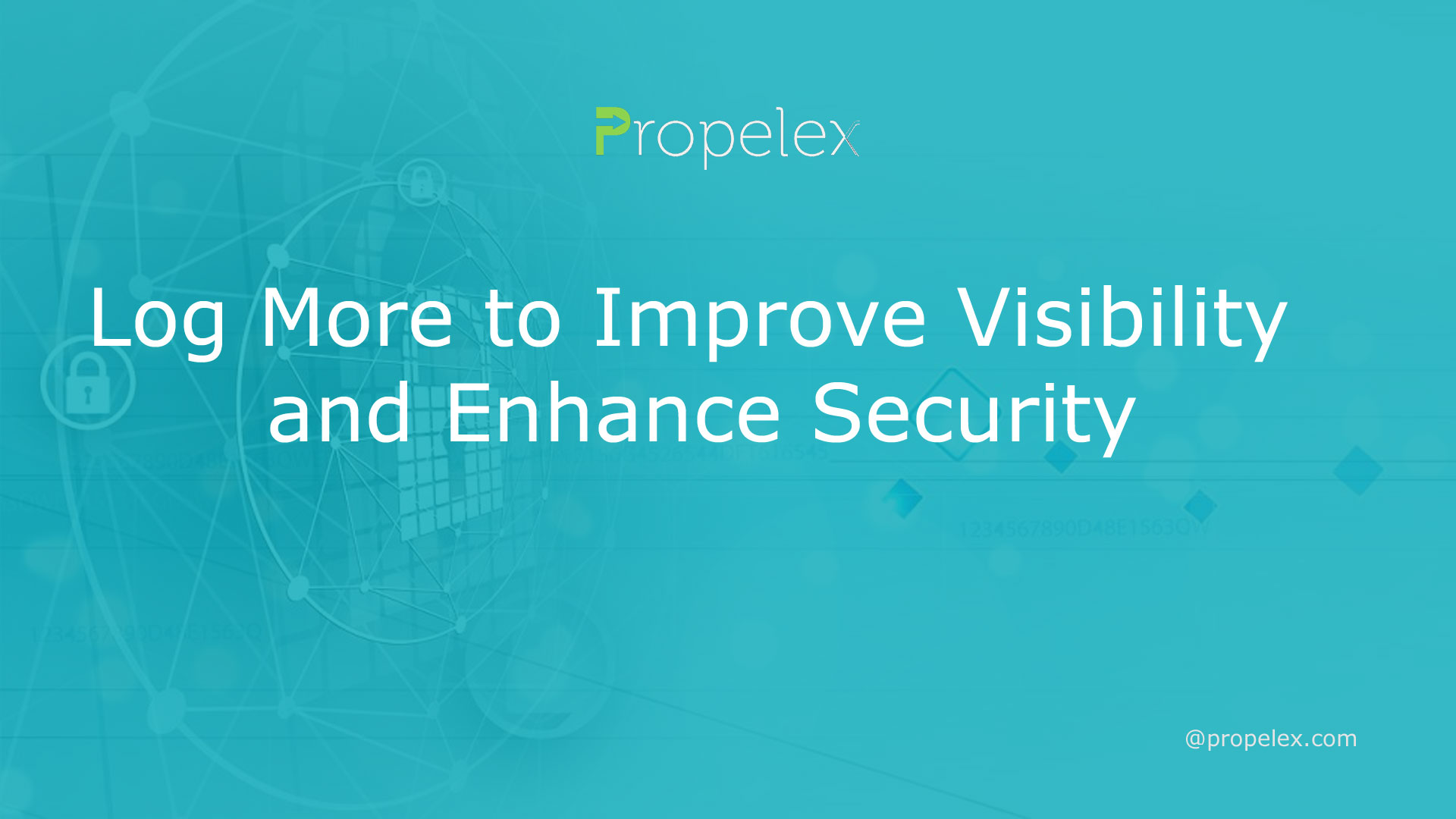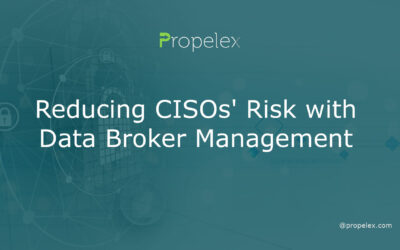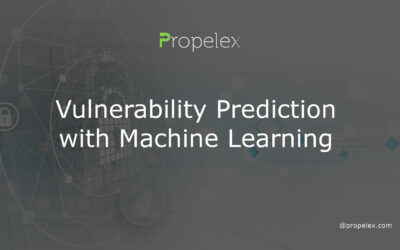If you’re not logging enough data, you’re missing out on a lot of vital information. You need to start log more to improve visibility and enhance security. Here are some tips on how to start.
Monitoring network traffic
Network traffic analysis is a critical component of network performance monitoring. It allows administrators to identify security threats and bottlenecks. It can also help to optimize bandwidth utilization.
A network traffic monitoring solution can help organizations identify spikes in network traffic that are indicative of an attacker. It can help to predict bandwidth bottlenecks, enabling administrators to respond before an attack occurs. Moreover, it can alert administrators to security problems and prevent network breaches.
The right solution can provide complete visibility into the network. It can enable organizations to manage their resources more effectively and improve their overall application performance. In addition, it can also help companies anticipate network spikes, and prevent network degradation.
It can be a challenge to implement and maintain a good network visibility solution. The growing adoption of cloud computing and the Internet of Things makes this task more difficult. It is important to choose a tool that will provide the most comprehensive view of your network and the data it produces.
Application performance monitoring
If you are looking for a tool to help you detect performance issues, application performance monitoring can be a great solution. In addition to providing you with actionable insights, it also improves visibility and security.
Application performance monitoring tools designed to observe applications in real-time. They track key metrics such as response time and throughput. This enables IT professionals to determine where problems occur and what caused them.
Some of the key benefits of using an APM solution include reduced costs, increased operational efficiency, and improved security. In addition, the tools allow users to save time by eliminating the need to manually search event logs.
With modern application architectures, it is crucial to understand how applications interact with each other. This is especially true with the increasing prevalence of microservices. The ability to effectively monitor and troubleshoot application performance can be vital to maintaining the smooth running of a business.
Another benefit of an APM solution is that it provides the flexibility to adjust the environment to head off problems before they become widespread. This means less time spent on band-aid solutions and more time focused on the application.
Integrations into SIEM and EDR
One of the best ways to improve visibility and enhance security is to integrate SIEM and EDR tools into your cybersecurity strategy. Together, they can provide you with a more comprehensive picture of your network and give you a more reliable detection and response system. However, it can be a difficult decision to decide whether to add these solutions to your cybersecurity arsenal.
When evaluating SIEM and EDR, it’s important to know what each tool designed for. For instance, EDR can be a stand-alone security tool that can detect fileless malware, ransomware, and more. Depending on the solution, it may also have automated threat response capabilities.
In contrast, SIEM provides a broad view of your security data, but lacks the granularity of EDR. It’s a hub for gathering and analyzing log data from many different sources. This allows it to identify potential threats, flag them, and generate alerts.
SIEM collects and analyzes large amounts of data, including network logs, cloud logs, applications logs, users’ logs, and more. This data is then correlated with events in the network and enables faster investigation.
Identifying threats and vulnerabilities
Risk assessment is a systematic process of identifying and quantifying threats and vulnerabilities. It often used by organizations to assess the security risks they exposed to. In addition to being a key component of the information security process, risk assessment also provides managers with an objective basis for making personnel decisions.
Risk assessment conducted in two phases. The first involves inventorying the current assets and controls within an organization. In the second phase, the organization should determine how they can reduce risks to an acceptable level.
The process most often performed using a rating guide. In the rating guide, threats ranked by the likelihood that they will exploit. The score is based on the degree of agreement between different sources. The results then compared to a company’s risk tolerance.
In a review meeting, the management team should identify areas of high risk and vulnerability. It is important to look for discrepancies and input errors.









